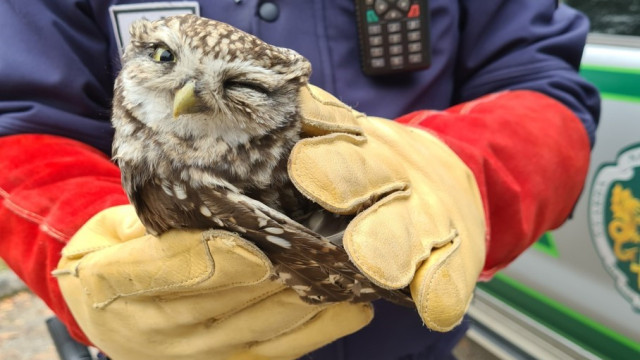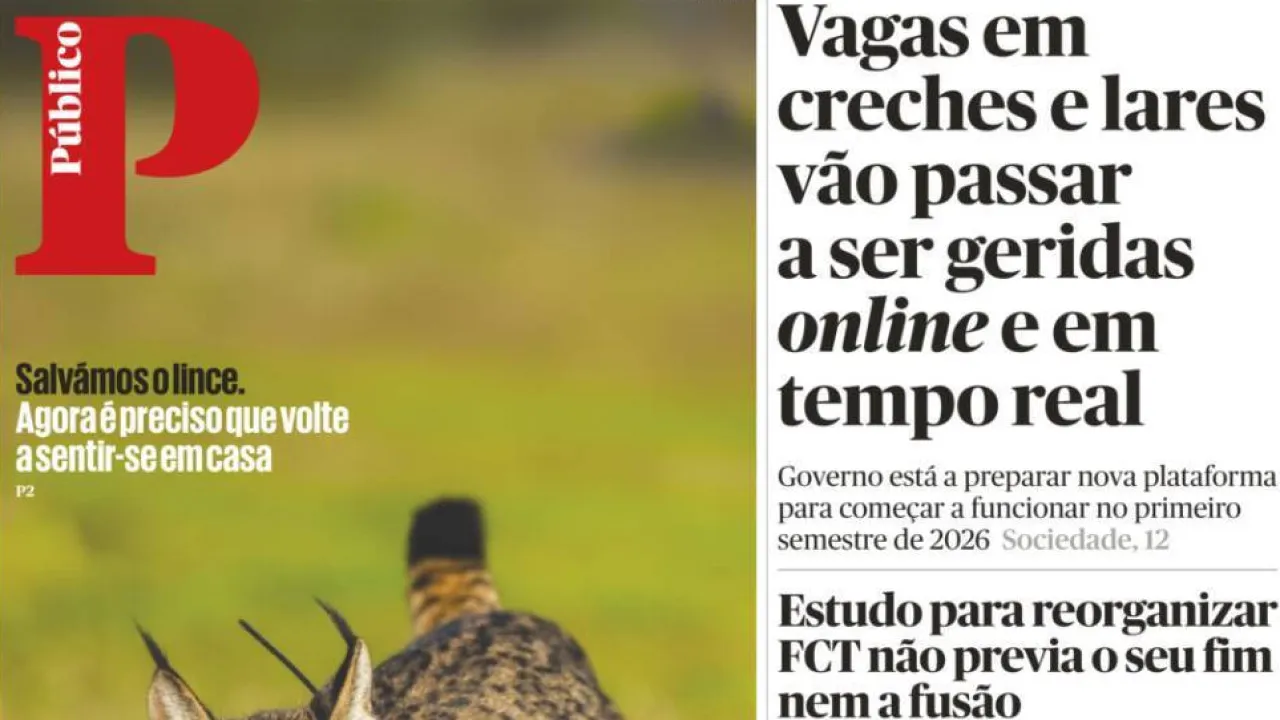The National Republican Guard (GNR) has rescued another little owl (‘Athene noctua’) this week, this time in Macedo de Cavaleiros, in the Bragança district. The rescue was conducted by the Nature and Environment Protection Service (SEPNA), as is usual in such cases.
In a statement sent to Notícias ao Minuto this Friday, the incident occurred on Wednesday. “Following a report from a local resident regarding the presence of a weakened bird in Lamalonga, SEPNA personnel went to the location to collect it,” detailed the GNR.
The bird was later handed over to the Institute for Nature Conservation and Forests.
The GNR highlights that, through SEPNA, it is committed to the daily protection of animals. For reporting infractions or seeking clarifications, the Environmental and Territory SOS Line (808 200 520) is available 24/7.
From a ‘Wink’ to the Younglings
This is not an isolated occurrence, as SEPNA teams are often called to different locations to collect this animal species, some found in non-natural settings like schools or even having expressed gratitude in unique ways.
An ‘appreciative’ owl appeared a year and a half ago when, in December 2023, members of this service rescued a little owl in Vila Pouca de Aguiar. The animal was injured in a wing, “unable to fly,” and was later referred to the Wildlife Recovery Center at the Veterinary Hospital of the University of Trás-os-Montes and Alto Douro in Vila Real.
At the time of reporting the rescue, the GNR shared a photograph of the animal appearing to wink at the GNR officers.

Little owl rescued in Vila Pouca de Aguiar.
Notícias ao Minuto | 10:14 – 28/12/2023
Further south in Aveiro, in 2024, two owls of the same species were found, this time at Espargo Basic School in Santa Maria da Feira. SEPNA explained that the animals were found “on benches made from wooden cable reels” and handed over to a recovery center.
Not only adult owls have been rescued; last year, two baby long-eared owls were collected in the municipality of Sabugal after a local raised the alarm. At the time, the GNR noted that “their survival without parents was impossible due to their young age.”
The little owl (‘Athene noctua’) is “a strigiform bird species belonging to the ‘Strigidae’ family,” explained the GNR, describing it as having “markedly nocturnal habits, although it can commonly be observed during the day or twilight when conditions permit, making it one of the most sighted Strigiformes species during the day.”
It is among the smaller species of this bird order, averaging 23.0 to 27.5 cm in length, with no sex-specific variance.




